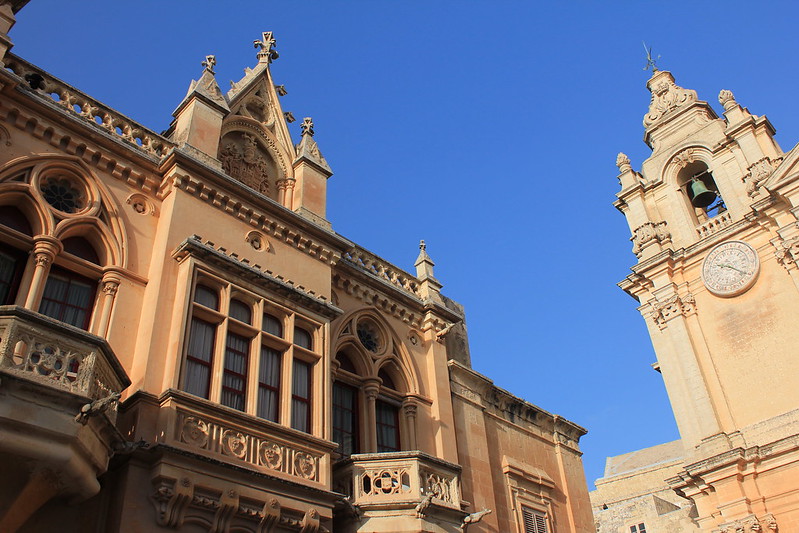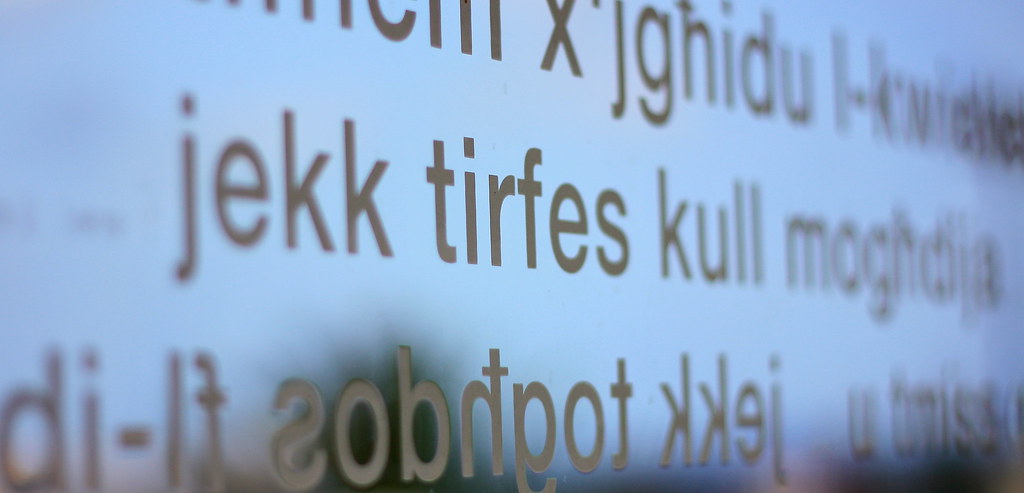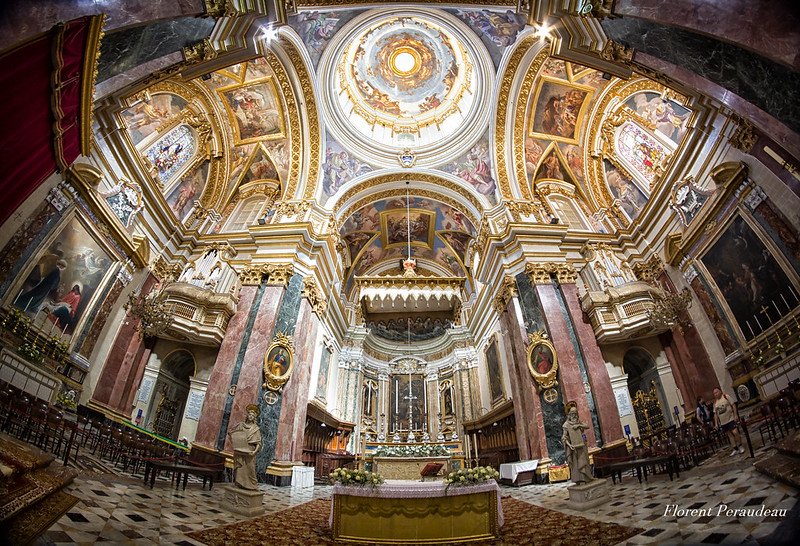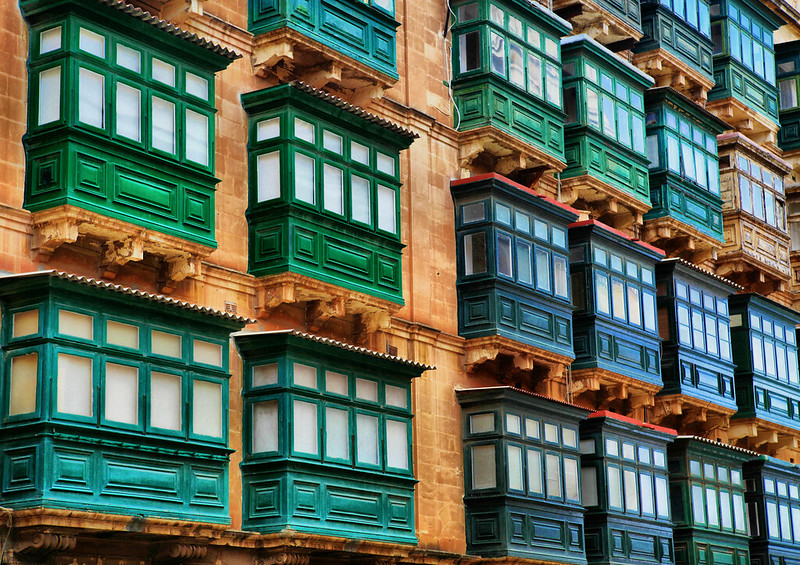Where is Malta's Arabic past hidden? While not much is seen or even said of the 221 years of Arabic occupation in Malta, its influence is under our noses on a day-to-day basis.
Although the Arabs are known to have ruled Malta for 221 years between 870 and 1091 AD, there is little evidence of their stay on the islands, but for a few unearthed tombstones. Not a single mosque (how strange!), yet Triq il-Mesquita in Mdina suggests a mosque once stood on that street in the old capital.
Did the Knights of Malta, ‘protectors of the faith’, intentionally destroy all evidence of Islamic rule in Malta when they settled here and made the islands their own? Even if this were true, an undeniable Arabic legacy remains, in the Maltese language and names in particular. But not only.
1. Place names & surnames

Place names are perhaps the most evident remnant of Malta’s Arabic history. ‘Mdina’ and ‘Rabat’ are no different to the city names found in many North African territories. Medina means the old walled part of a North African town while Rabat is still the name of the capital of Morocco. Other place names include, but are not limited to, Marsa, Mġarr, Mqabba, Għajnsielem, Rabat, Xagħra, Żejtun and Żurrieq, all of which have definite meanings in the Arabic language
It is not only place names that have survived the centuries to demonstrate Arabic influence, but also Maltese surnames. Examples include Axisa, Bellia, Borg, Cassar, Chetcuti, Farrugia, Fenech, Micallef, Mifsud, Mule', Psaila, Sciberras, Xuereb, Zahra, Zammit and many others.
2. The Maltese language

In fact, many names remain so evidently Arabic-sounding with definite Arabic roots because the Maltese language itself is so evidently Arabic-sounding with definite Arabic roots. The only Semitic language in the world to be written in the Roman alphabet, Maltese is nonetheless not Arabic, nor a dialect of Arabic. Descending from Siculo-Arabic, the variant continued to evolve in Malta, although it has long died out in Sicily. In time, the vocabulary became mixed with more Arabic, Sicilian, Italian, Spanish, French and English.
3. Religious remnants

Despite so enjoying the tale that St Paul converted the islands’ inhabitants to Christianity and that there has been continuity since, the Maltese will have to accept that it is actually the Inquisition that made the Maltese Catholics. According to a report in 1240 by Gililberto Abbate, the royal governor of Frederick II of Sicily, in that year, the islands of Malta and Gozo had 836 Muslim families, 250 Christian families and 33 Jewish families.
However, by the end of the 15th century (the Knights arrived in 1530 and the Inquisition arrived in 1561), all Maltese Muslims would be forced to convert to Christianity and somehow disguise their previous identities. Interestingly, what has survived is that the Maltese still call god Alla (Allah), the 40 day Lenten fast Randan (Ramadan) and the biggest Christian feast, that is Easter, L-Ghid (Id). Uncanny.
4. Il-Gallarija

The Maltese balcony, a definitive Maltese icon, likely has Arabic roots. The great ancestor of the Maltese wooden balcony, although not very commonly found anymore, is the muxrabija, which dates back to the Middle Ages, when Malta’s ties with Islamic culture were still quite strong.
Mushrabiya in Arabic means ‘peep-hole’ and indeed, the screened window allowed women to look from the inside out onto the street without being seen. At a time when Islamic traditional society was dominated by men, and women were not allowed to socialise with the world outside, the muxrabija kept them safe from prying eyes while they could see who was at the door. It also allowed fresh cool air to flow through the house without exposing the interior of the home and its inhabitants to the outside world.
5. L-Ghonnella

Anyone try to convince me that the ghonella, also known as the faldetta, is not a form of burka. Covering the woman’s figure from head to toe, all in black and very chaste, the only difference is that the face remains exposed and the upper part is a little stiffer to act as a shade from the sun. Surprisingly, most research classifies the origins of the ghonnella as unknown, yet photos from the ages when the ghonnella was popular would have you wondering whether it was an image from the Mediterranean or the Middle East.
Undeniable Arabic Roots
Historically, we know that about 9,000 Muslim slaves lived in Malta during the 18th century under the rule of the Knights of Malta. They enjoyed reasonable freedom until the failed uprising plot known as the Conspiracy of the Slaves, which led to their movement becoming much more restricted. Thereafter, purposeful distorted historical disinformation was spread to encourage Islamophobia, which sadly remains a traditional feature of Malta.
But there is no denying it. Malta’s culture is inextricably linked to Arabic and Muslim culture. It is in our everyday language, in our traditions and in our prayers. It is even in our DNA. They may have tried to wipe out all evidence of it, but still it remains. In my opinion, the Maltese should finally turn this around and take pride of this part of history and seek to uncover what they can about it, because it is a quintessential part of who we are, and we are awesome just the way we are!